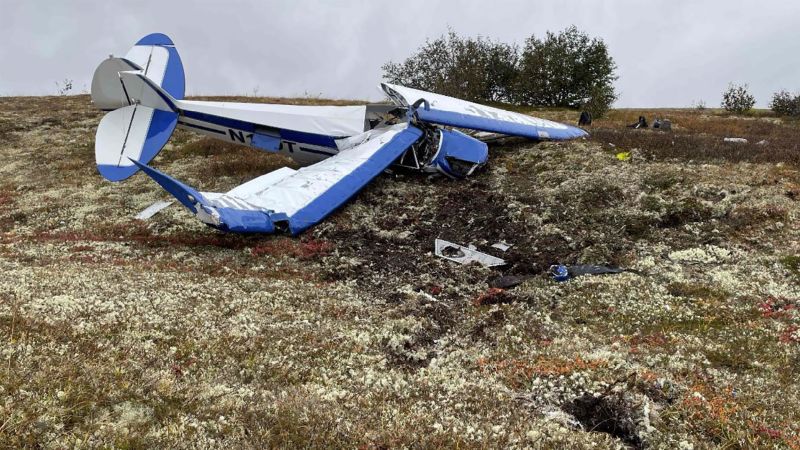
NTSB Investigation Reveals Cause of Fatal Helicopter Collision in California
Opinion | 9/12/2025
A recent investigation by the National Transportation Safety Board (NTSB) revealed that the tragic midair collision involving a firefighting helicopter in California was caused by the pilot flying at an altitude beyond the approved clearance and executing a swift descent. This fatal incident resulted in the loss of three lives in 2023. The NTSB’s final report sheds light on critical factors contributing to the accident.
The NTSB findings underscore the impact of the helicopter crew’s decision to operate at an altitude exceeding the safe clearance level. This deviation from approved flight parameters significantly heightened the risk of a collision, ultimately culminating in the fatal outcome. The report highlights the importance of strict adherence to aviation regulations to mitigate such catastrophic events.
According to aviation experts familiar with the investigation, the pilot’s choice to make a rapid descent further exacerbated the situation, creating a dangerous scenario that ultimately led to the collision. The NTSB report serves as a stark reminder of the crucial role of adherence to proper flight procedures and protocols in ensuring aviation safety, particularly in high-risk operations such as firefighting missions.
While the NTSB report provides essential insights into the causes of the tragic helicopter collision, it also raises broader questions regarding the enforcement of aviation regulations and the need for enhanced safety measures in firefighting operations. The findings emphasize the significance of ongoing efforts to improve safety standards and prevent similar incidents in the future.
In response to the NTSB report, a spokesperson for the aviation industry stressed the importance of continuous training and adherence to safety protocols to prevent accidents. The helicopter collision serves as a somber reminder of the inherent risks associated with firefighting operations and the critical need for vigilance and compliance with established safety guidelines to safeguard lives and prevent disasters.


